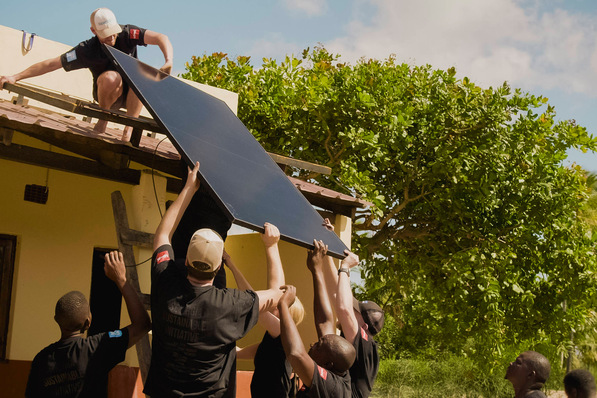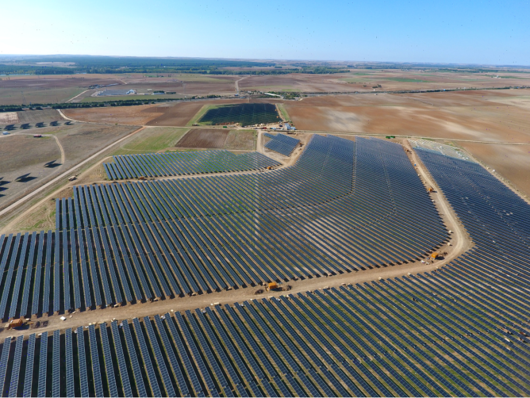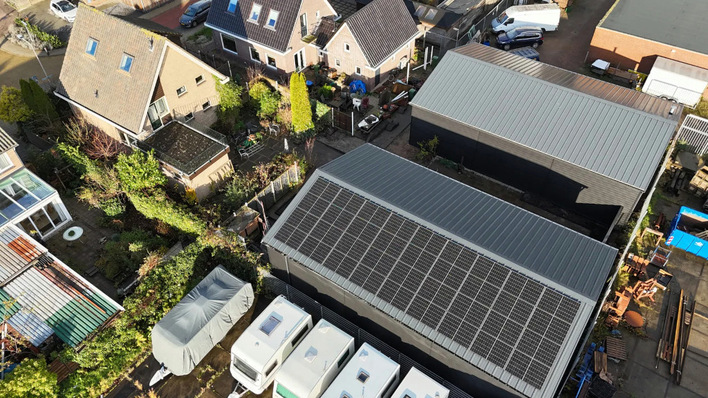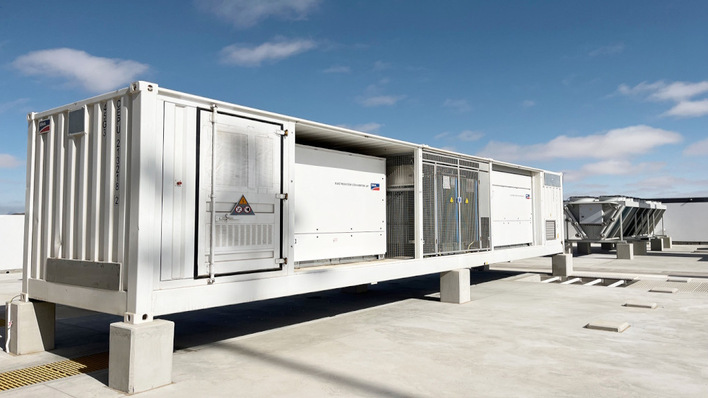In the tests that QuantumScape has undertaken, the battery cells have completed 400 consecutive 15-minute fast-charging cycles from 10% to 80% of the cell’s capacity while retaining well above 80% of the initial energy – a first for this type of battery technology. QuantumScape conducted the tests on commercially relevant sized single-layer prototype battery cells at multiple temperatures (25 °C and 45 °C), 3.4 atmospheres of pressure and 100% depth of discharge.
See also: Continental and start-up Volterio develop charging robot for EVs
Internal combustion engine vehicles can be refuelled in about 5 minutes, whereas today’s leading lithium-ion electric vehicle batteries typically need around 30 minutes to fast charge from 10% to 80% capacity at a rate that doesn’t reduce the battery’s lifetime. This longer charge time prevents EVs from providing the same user experience as internal combustion engine vehicles. If QuantumScape can successfully deliver today’s demonstrated capability into the marketplace, the time difference between recharging EVs and refuelling their combustion-engine counterparts will be only several minutes, which could help enable broader EV adoption.
Fast charging vs. preserving battery range
The materials used in today’s EV batteries, such as the graphite in the anode, have physics-based rate limitations that can cause permanent damage when charged repeatedly at fast rates, reducing the range the vehicle can travel. This can put EV drivers in the position to choose between the convenience of fast charging and preserving their battery range. QuantumScape tested battery cells from a commercially available third-party EV with the same protocol and found that those third-party cells rapidly degrade after only a few dozen charge cycles.
Also interesting: Mercedes promises EV with 1,000 kilometres of range
QuantumScape’s lithium-metal battery cells retained more than 80% of their initial energy after 400 cycles of 15-minute fast charge between a 10% and 80% state of charge. For a vehicle with 400 miles of range, 400 cycles represent approximately 160,000 total driving miles. (mfo)
The findings are explained in greater detail in this new white paper.







